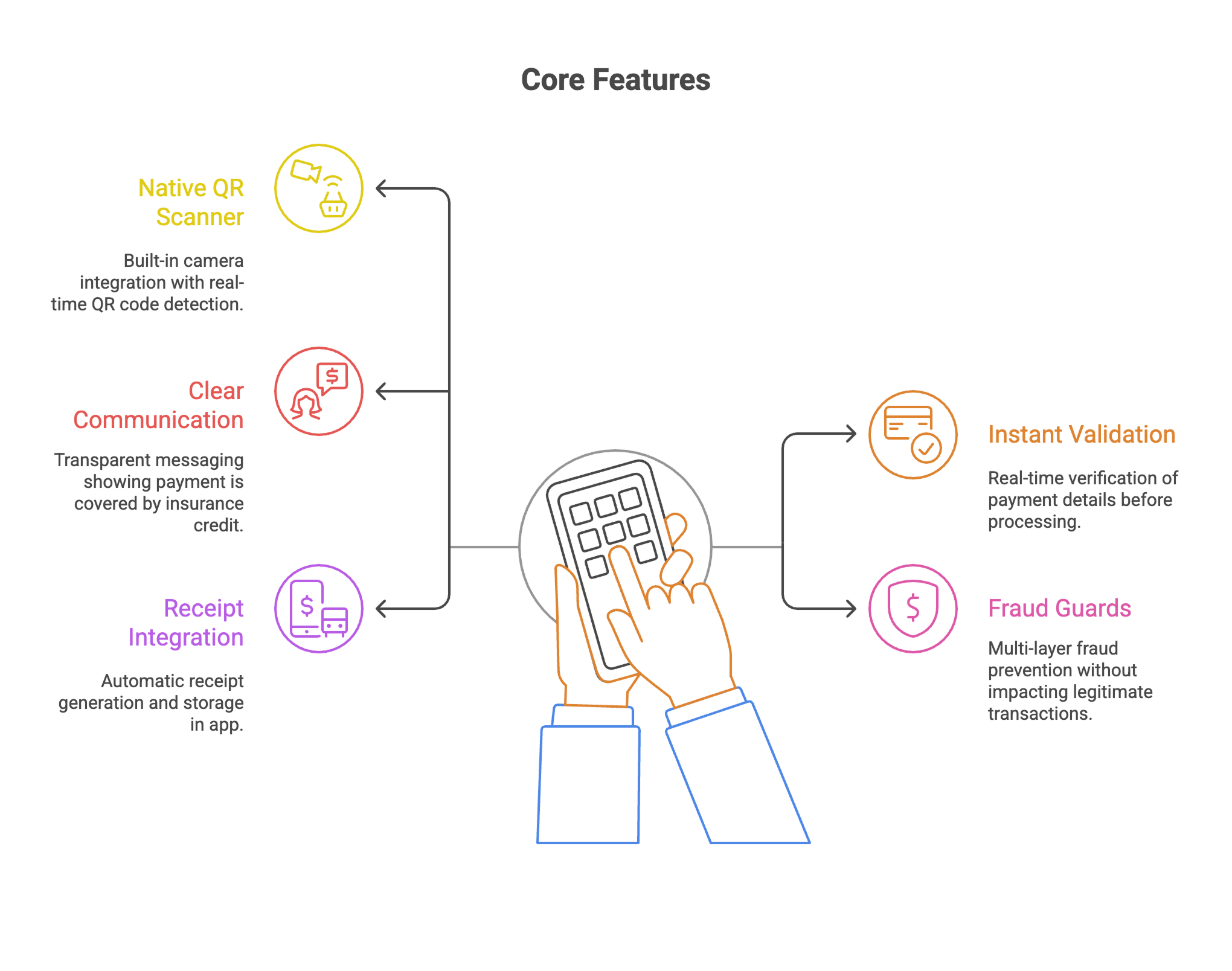The core promise of our health insurance product is cashless service. measurable number of in-clinic consultations were conducted through non-network hospitals. These providers could not offer our credit line, forcing us into complex workarounds that destroyed the customer experience and burdened our operations.
Prior to the Scan and Pay initiative, we were facing three critical issues:
High Operational Dependency & Cost
For bookings with non-network providers, our system took the consultation request for free. However, our internal Operations team had to manually call the hospital, book the slot, and use company funds via UPI/wallet to pay for the service on the customer's behalf. This process was manual, non-scalable, and costly.
Credit/Payment Scrambles
In other scenarios, our operations agent was forced to ask the patient—who was already at the clinic—to send a payment QR code so the agent could pay remotely. This introduced risk and frustration.
The 90-Second Failure Point
The most critical issue was that the hospital's dynamic QR code, typically generated by a Point-of-Sale (POS) machine, had an expiration window of just 90 seconds. This often resulted in the payment failing, leaving the customer agitated and the agent scrambling, completely defeating the purpose of a seamless, cashless experience.
| Problem Area |
Current State |
Impact |
| Payment Processing |
Manual agent intervention |
High operational cost, scalability issues |
| QR Code Expiry |
90-second window |
Payment failures, customer frustration |
| User Experience |
Complex workarounds |
Poor satisfaction, cancellations |
Target Metric to Improve: Time to Successful Payment at Non-Network Clinics (currently unreliable and high) and Operations Team Effort per Booking (currently high).
